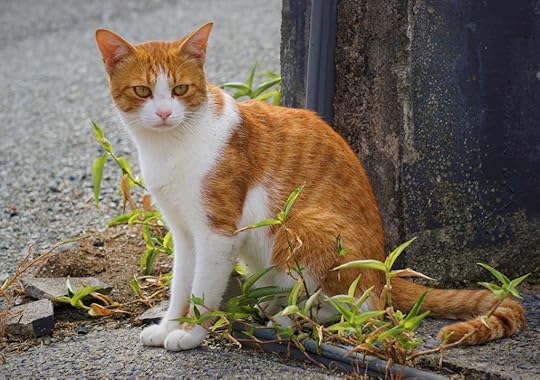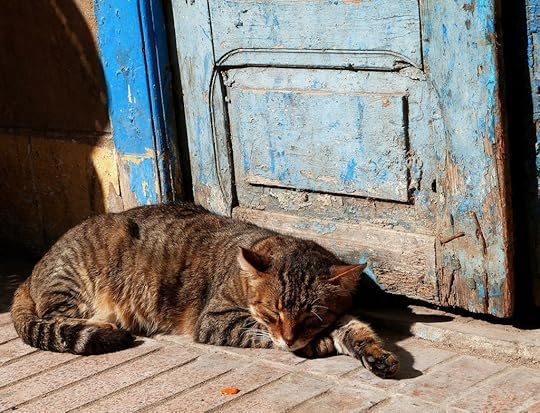Creating Community for Community Cats
 Cats are often abandoned by owners who move, or those who don’t look for their kitties who have escaped the home. Many towns across the U.S. have community cat issues, but there are ways to help these felines in positive ways.
Cats are often abandoned by owners who move, or those who don’t look for their kitties who have escaped the home. Many towns across the U.S. have community cat issues, but there are ways to help these felines in positive ways.A few weeks ago, in my community of Casper, Wyoming, our city council members debated a ban on feeding feral/community cats, among other animal issues. Residents rallied to defend caring for cats that are abandoned, and though most of us know animals neglected and let loose are not the fault of the creatures themselves, sadly, they suffer the consequences, including in political arenas.
Animal lovers prevailed. Our town council listened to the education provided on programs such as Trap, Neuter, Release (TNR) and how community cats can be effectively cared for and how, in many situations, such as abandoned buildings, such cats keep mice and rats at bay. By feeding such cats, supplementing their vermin diet, they are less likely to prey on wild birds, and through TNR, will not reproduce.
Casper is not the only place with community/feral cat issues. However, by working together with local and national organizations, towns across America can implement positive policies. Organizations such as Best Friends Animal Society in Utah and Alley Cat Allies in Maryland assist towns with community cat programs. Even small towns, such as John Day, Oregon, population 1,600, has implemented a TNR and other community cat programs thanks to an all-volunteer organization called Hope4Paws Grant County, helping felines left behind by owners who move and release their cats into the community.
Read this amazing and informative article from Best Friends on how to help cats in your community and how they, as a national leader in animal welfare, helps with this issue: https://bestfriends.org/blogs/2020/08/14/why-our-good-intentions-might-be-killing-more-1000-cats-and-kittens-every-day
If your community is discussing how to handle feral/community cats, use organizations such as Alley Cat Allies and Best Friends as resources.
 Special programs exist to help communities manage community cats in humane ways. Contact organizations such as the American Society for the Prevention of Cruelty to Animals, Alley Cat Allies, and Best Friends Animal Society for resources and assistance.
Special programs exist to help communities manage community cats in humane ways. Contact organizations such as the American Society for the Prevention of Cruelty to Animals, Alley Cat Allies, and Best Friends Animal Society for resources and assistance.



